Table of Contents Show
A short and simple guide to designing your bus the right way, the first time!
Dyson Sphere Program Main Bus Design
Distance Between Belts
I recommend putting your belts on every 4th line. This is enough room for running belts between splitters, which may be necessary under cramped circumstances.
You could try getting away with every 3rd line, though. If you plan to always have all your factories on one side of the bus, and don’t foresee having to randomly belt materials down the length of the bus, then it could certainly work.
I really don’t recommend trying every other line. This is too close for splitters to be placed next to each other.
Belt Height
You want to use the odd numbered heights for your bus belts. This is because the 4-way splitters (default type) only connect at those heights. Use the even numbered heights for inputting/outputting resources using the other types of splitters!
Belt Orientation
Make sure to run the belt along the equator! Not north-south! Because of the grid lines, and also because you want the maximum distance for the bus to travel.
You’ll know you’re on the equator because it’ll be a thick green line.
Splitter Types
Don’t overlook the different splitter types, like I did initially! Press Tab while placing to change to a couple different types. One of them in particular is very useful for inputting and outputting resources from the line, as demonstrated in the screenshots below.
Merging Belts
Here’s an example of how to merge from the 3rd to 1st level. Credit to __shiva_c for the idea.
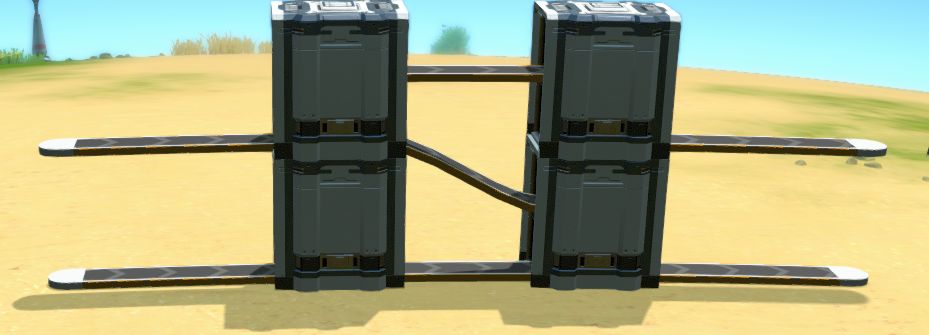
Very simple actually, you just vertically split the belt and it passes through on the level above. Since we’re only using the odd levels for our belts, this frees up the even levels for such purposes.
Screenshots
Alright, here you can see where I’m going with my bus. I started the first line directly on the equator. Every additional line will be added above that one, and all my factories will be below the equator.
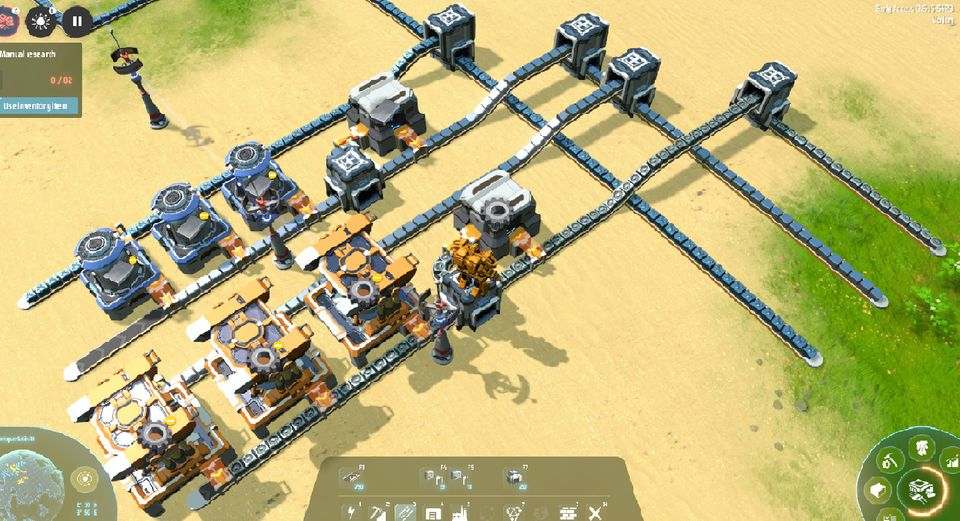
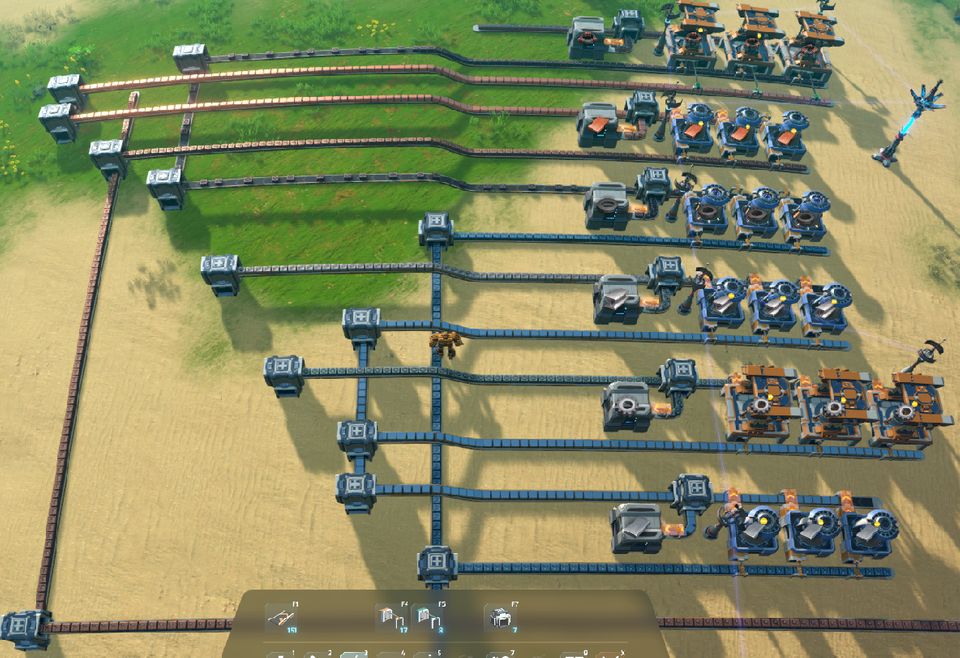
Storage Containers
I wouldn’t consider trying to use them in the actual bus line, for a few reasons.
Containers don’t have priority settings like splitters do. You will also be limiting the throughput of your line to your sorter speed. And you can’t stack containers on splitters or vice versa.
They can be used to cleanly change elevations.
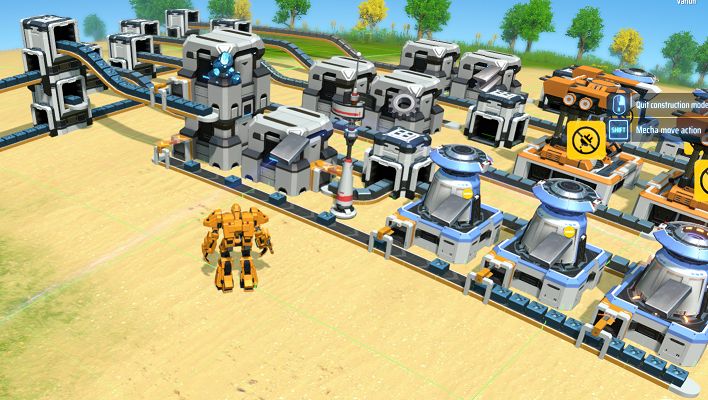
Here you can see an example of using containers to pull resources off a higher level of the bus. If you wanted to do it this way, this could potentially save you from having to push your factory line further away from the bus (because you wouldn’t need to use the distance to drop the belt height).
However, I don’t recommend doing it this way, explained below.
Primary Belts
Good bus design means that one belt is your primary belt for each resource. In Factorio, it was usually the right-most belt. Here, it’ll be the ground level belt. So you always want to pull resources OFF from the ground level. You will want to put resources ON the bus at the ground level where possible, but you will eventually exceed the capacity of the belt and be forced to use a different belt. At some point though, you want to merge the upper belt back down to the ground level, to keep the ground belt full.
For example, if your bus is handling too many iron ingots for one belt, you’ll have to use a 2nd belt. And let’s say you are pulling iron ingots from the bus to make gears in one factory, and steel in another, in that order. So after your ingots pass the gear factory (reducing the fullness of the belt), merge the upper belt down to fill it up again.
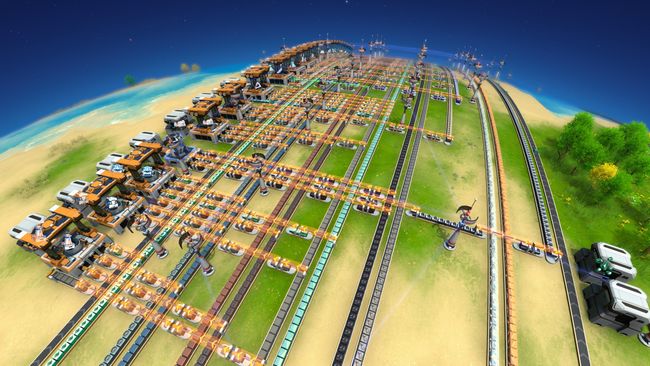
Great guide, thank you! Do you plan to add some more details, for example how do you deal with multi-input products that require 2 or 3 different inputs? Do you use the 3 lines between belts to output those resources from the buses?
I would also love to see if this approach can be pulled off without exceeding the dimensions of your planet. There are SO many products, I bet the buses soon reach the pole where it becomes very painful to make them work, also you need poles for ray receivers and solar panels.
Also, how do you integrate network towers and for which products? I think they can help in reducing number of buses.
Thanks!
A main bus on your starter world seems like a poor use of time and real estate, with the logistics towers opening up right around the time you’re likely starting to spread out. On colony worlds with minimal oceans, they can still make sense.
Oh dear lord, you can change how the splitters look? AND YOU CAN STACK THEM?! I know what I’m doing once I get back from work!
Honestly, why bother with buses? I mean, it’s probably useful early on, but when you get the Logistics Station tech, buses just becomes redundant. Stations basically act like giant train network in Factorio…without needing tracks.
Thank you so much! I’ve been trying to do this and have been frustrated that splitters on top of one another don’t share into one big splitter.
I never thought to do them on every other line. I think this solves every problem I’ve had. BTW – I start at height 4 for my belts, which allows me to build under them usually.